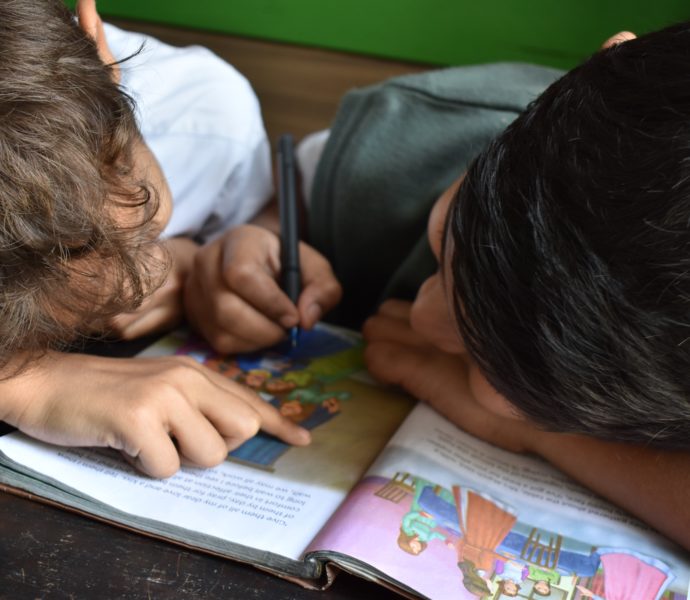CARES Act Funding Isn’t Equitable For Schools. Let’s Fix That Next Time
ByRichard Barth
When the Coronavirus Aid, Relief, and Economic Security (CARES) Act was first passed in March 2020, it included nearly $31 billion in funds to quickly stabilize public schools—both district and charter—that were hit hard by the COVID-19 pandemic. Now, nearly a year later, it’s clear that some schools have benefited more than others. Public schools in similar neighborhoods, just blocks away from each other, are receiving wildly disparate amounts of money, shortchanging many of the students and families who need this support the most.
The Elementary and Secondary School Emergency Relief fund was intended to fill the gaps for new pandemic-related expenses in schools, but with implementation varying so widely across the country, the effect has been a widening of the resource gap for schools that were already underfunded. For students and families who are disproportionately affected by the COVID-19 pandemic—through higher rates of infection, more frequent job losses, and greater gaps in technology access for remote learning—these funding gaps are only widening America’s structural inequities.
Congress had an opportunity to do it right a second time around with the Coronavirus Response and Relief Supplemental Appropriations Act, 2021 (CRRSAA) back in December. Instead, they used the same distribution formula as the original CARES Act. But districts who received $54 billion as part of the CRRSAA funding still have the opportunity to distribute the funds to students who need it most. And it’s not too late for the latest Biden administration plan which includes $130 billion for K-12 public schools, to improve the distribution model for those funds.
Read the full article here.
